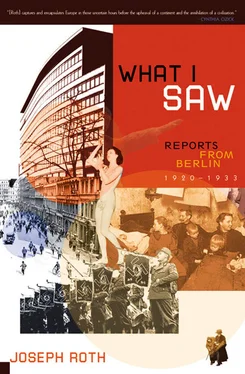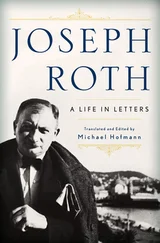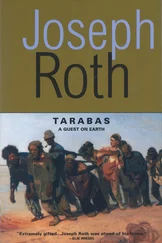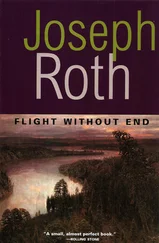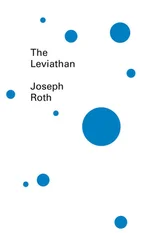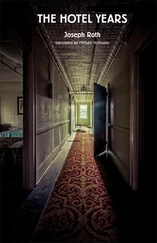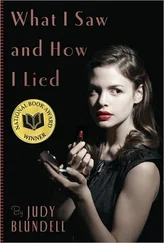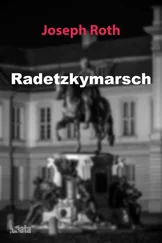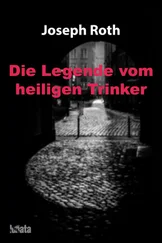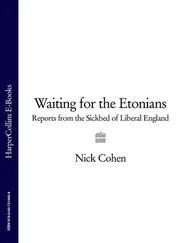Literary anti-Semitism has existed in Germany since 1900. The racist anti-Semite Adolf Barthels, the moderate anti-Semite Paul Fechter, and many others attack the literary works of Jewish writers, often with personal invective. Certainly coarse and tasteless individuals may also be found among Jewish scribblers. But it is always these who are offered as the typical representatives of the Jewish writer! As early as 1918, before putting a book on display in their windows, provincial bookshop owners would ask if an author was Jewish — not even bothering to read it. And never — even though literary anti-Semitism was growing ever more virulent — did a Jewish author say anything publicly against it. There are strong and deep friendships between German Jewish writers and the best of the non-Jewish writers. A fine German stylist like Hans Carossa (not a Jew) was discovered and promoted by an admirable Jewish writer (though not one who wants to be named in this context). Let us remind our readers that Hans Carossa was the only non-Jewish German writer who refused to belong to the academy of the “Third Reich.” The German press was silent about this refusal, so nothing is known about it abroad either.
Many of us served in the war, many died. We have written for Germany, we have died for Germany. We have spilled our blood for Germany in two ways: the blood that runs in our veins, and the blood with which we write. We have sung Germany, the real Germany! And that is why today we are being burned by Germany!
Cahiers Juifs (Paris), September/November 1933
(from the French)
Archiv Ernst Thormann, Berlin: 40
Archiv Abraham Pisarek: 22
Bildarchiv PreuBischer Kulturbesitz, Berlin: 83, 94, 124, 177
Bundesarchiv Koblenz: 62
Deutshes Historisches Museum, Berlin: 182
Editor’s personal archive: 84, 116, 136, 140
Kiepenheuer & Witsch Verlag, K¨oln: 4
Landesbildstelle Berlin: 30, 51, 78, 104, 109, 129, 130, 178, 188, 194
Märkisches Museum / Stiftung Stadtmuseum, Berlin: 36, 92, 170
Ullstein Bilderdienst, Berlin: 70, 110, 152, 158, 206
Verlag Willmuth Arenh¨ovel, Berlin: 151
Page numbers in italics refer to illustrations.
Admiral’s Palace (steam baths), 69–73, 70
Adriatic Sea, 215
Albert’s Cellar, 56–57
Alexanderplatz, 31, 53, 57, 81
Altenberg, Peter, 212–13
Angels’ Palace (Café Dalles), 54–55
Annie (from Bavaria) (Gipsdiele friend), 60–61
Annie (from Silesia) (Gipsdiele friend), 60–61
Apache Fritz, 54
Ariosto, Ludovico, 184
Arminiusplatz, 81
“Arnhem” (char.), 183 n
Austria, 17, 179 n, 213, 215
Barthels, Adolf, 216
Baruch (middleman), 32–34
Becker, Carl Heinrich, 202
Beckmann, Frieda, 201
Beer-Hoffmann, Richard, 213
Berlin:
architecture and design of, 115–18
barbershop in, 130, 131–34
bicycle races in, 151, 160, 161–65
City Hall in, 111
department stores in, 109, 119–23, 120
election campaign in, 189–92
election propaganda in, 188
homeless in, 62, 63–68
nightclubs in, 170, 171–75
police station in, 79–82
Reichstag in, 177, 193–98, 194, 200, 203
roadwork in, 83, 98
Roth’s walk in, 23–27
skyscrapers in, 110, 111–14
traffic in, 97–103
triangular railway junction of, 104, 105–8
West End of, 138, 173, 174
Berlin Wall, 14
Bersin, Lieutenant Colonel, 67
Bienert, Michael, 13–14
Big Max (plasterer) (Gipsdiele friend), 60–61
Bismarck, Otto von, 202, 209, 210
Blumenthal, Oscar, 213
Brahe, Tycho, 213
Breslau, 13
Brod, Max, 213
Bruckner, Anton, 202
Brünningen, Hans Flesch von, 18
Budapest, 35, 56
Café Dalles (Angels’ Palace), 54–55
Café des Westens, 135, 137, 138
“Café Grössenwahn” (“Café Megalomania”), 136 n
Canaan, 49
Carossa, Hans, 217
Chesterfield, Philip Stanhope, Lord, 184
Cologne, 13
Conrad, Joseph, 18
Cracow, 33
Czechowski, Heinz, 20
d’Abernon, Lord, 196
Dante Alighieri, 70
Döblin, Alfred, 213
Dostoyevsky, Fyodor, 215
Drohobycz, 42
Düsseldorf, 13
East Prussia, 63, 186
Ebert, Friedrich, 20, 199–204, 199 n, 200
Elli (Café Dalles denizen), 54
Elsasser Strasse, 60
Else (Gipsdiele friend), 60
Erna (Gipsdiele friend), 61
Fechter, Paul, 216
Feuchtwanger, Lion, 214
France, 148, 179 n, 196, 215
Frank, Bruno, 213
Frankfurt, 13
Franz (burglar), 58
Fred (lightbulb thief), 59–60
Frederick the Great, 126, 127, 157 n
Friedrichstrasse, 69, 70, 73, 174
Fröbelstrasse, 63–65
Fulda, Ludwig, 213
Fürst, Geza, 18, 35–39
Galicia, 17, 37
Gay, Peter, 12
Georg B., 86–88
Gipsdiele, 60–61
Gipsstrasse, 60
Gleisdreieck, 20
Glorietta Hill, 18
Goebbels, Joseph, 197 n, 208, 212
Goethe, Johann Wolfgang von, 11, 154, 184
Göring, Hermann, 208
Great Britain, 11, 72, 215
Grenadierstrasse, 19, 36, 36, 39, 42, 45–47, 46
Grete (Margot) (Gipsdiele friend), 60
Gustav, 59
Halensee Bridge, 157
Hamburg, 35, 38, 132
Hamsun, Knut, 18
Harden, Maximilian, 213
Hasenclever, Walter, 213
Hauptmann, Gerhart, 208
Hegemann, Werner, 126–28
Hermann, Georg, 213
Hermannplatz, 120
Heyse, Paul, 213
Hindenburg, Paul von, 195 n, 211, 212
Hiram, King of Tyre, 41, 44
Hirtenstrasse, 30, 31–34, 36, 42, 43, 56
Hitler, Adolf, 195 n, 208 n, 210, 214
Hofmann, Michael, 11–20
Hofmannsthal, Hugo von, 213
Hohenzollerns, 210
Holland, 37
Holstein, 66
Hungary, 35, 37, 56
Ibycus, 82
Isherwood, Christopher, 11
Italy, 196
Jarrell, Randall, 16, 19
Jerusalem, 45, 47
Jessner, Leopold, 201
Kafka, Franz, 213
Kaiserdamm, 162
Kant, Immanuel, 184
Karlchen (lightbulb thief), 59–60
Karstadt (department store), 109, 120
Kerr, Alfred, 213
Kessler, Count, 12
Kesten, Hermann, 214
Kiepenheuer, Gustav, 16–17
Kirchner, Ernst Ludwig, 18
Kirsch (burglar), 54–55
Kisch, Egon Erwin, 214
Koeppen, Wolfgang, 136 n
Königsallee, 139, 183
Königsberg, 13, 145 n
Königsplatz, 193, 202, 203
Kracauer, Siegfried, 214
Kraus, Karl, 213
Krug, Arnold, 201
Kruleweit, Franz, 201
Kurfürstendamm, 13, 15, 21, 22, 24, 29, 32, 116, 129, 139, 144, 146, 147–50, 157
Lasker-Schüler, Else, 213
Lenin, V. I., 215
Liebknecht, Karl, 12
Lindenpassage, 153
Linienstrasse, 59
Lissauer, Ernst, 216
Little Bertha (Gipsdiele friend), 60
Lloyd, Harold, 169
London, 18
“Long Hermann,” 59
Ludendorff, Erich von, 137, 195, 196–97
Luna Park, 157–59, 158
Luther, Martin, 185
Luxemburg, Rosa, 12
Mann, Klaus, 213
Mann, Thomas, 208, 213
Marcu, Valeriu, 214
Margot (Grete) (Gipsdiele friend), 60
Marx, Wilhelm, 202
Mehring, Walter, 214
Merkel, Hermann, 186
Mexico, 85
Miller, Henry, 18
Montefiore, Moses, 32
Mörike, Eduard, 131, 131 n, 134
Mozart, Wolfgang Amadeus, 202
Читать дальше
